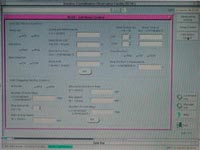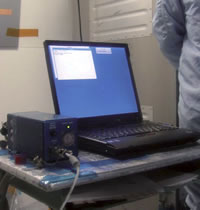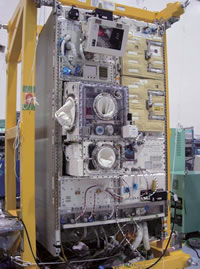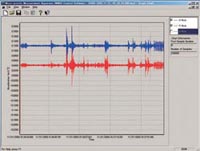This is an archive of information released in the past.
Disclaimer: It may contain broken links or outdated information. Some parts may not function in current web browsers.
*Visit https://humans-in-space.jaxa.jp/en/ for the latest information.

Experiment
- News
- Kibo Utilization Strategy
- Kibo Utilization Plan
- List of JAXA's Utilization Themes
- Experiment Facilities
- Space Environment Utilization
- Archive
Laboratory Support Equipment provides important support for onboard experiments !
 |
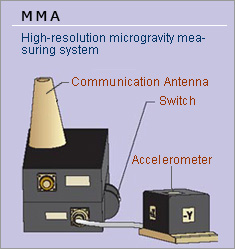 |
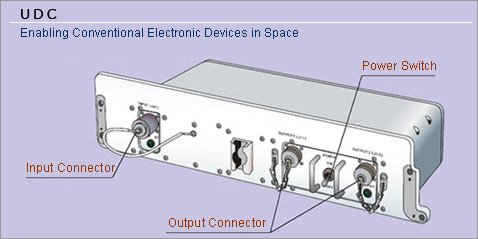 |
|
Best Supporting Actors in Space Experiments
In addition to the experiment payloads developed in Japan, various pieces of laboratory support equipment are installed inside the ISS. The role of this lab support equipment includes supporting ISS crewmembers, monitoring the environment in the ISS, and supplying power to the payload racks. This page explains the functions and roles of the lab support equipment.
PLT - Laptop Computer Supporting Astronauts to operate JAXA payloads
The appearance of the Payload Laptop Terminal (PLT) is similar to that of consumer laptop computers in use. The current PLT was developed based on the IBM ThinkPad A31P.
The PLT has special software that allows ISS crew to check experimental data and health and status data such as temperature. Using this software, the crew can monitor what is happening in the experiments. The software is quite useful because the crew can obtain detailed information from the PLT when an alarm is detected. It can be updated by transferring new software via 1553B when new experiment facilities are launched.
Crew can send commands using the PLT when necessary: in an emergency when communication capability with ground control (mission control room) is lost, or when an experiment is affected by time lag of communication between the ground and the ISS. This means the PLT also plays a role as backup for the ground control system.
MMA - Measuring Microgravity Environment
The Microgravity Measurement Apparatus (MMA) measures microgravity in the ISS, which is not exactly under zero gravity. Its microgravity environment is changeable, affected by Earth's gravity and the astronauts' movement. Since the tiny variation of gravity could have an impact on ongoing experiments in the ISS, MMA measurement data of microgravity helps investigators know the actual experimental condition.
The MMA has a triaxial accelerometer to measure conditions around the experiment equipment where the MMA is installed. It is a high-resolution sensor that can detect slight vibration and send the data to the ground. Up to five MMAs can be installed on the surface of payload racks in the Japanese Experiment Module (Kibo). The acceleration data obtained is transferred to a control computer called the Microgravity Laptop Terminal (MLT) for downlink to the ground and then is delivered to investigators.
UDC - Electric Outlets in ISS
The ISS provides 120-volt DC power to experiment facilities, but most general electronic devices run on several tens of volts DC or less. Therefore, the Utility DC/DC Converter Unit (UDC) converts 120-volt DC into 28-volt DC, which is supplied to the devices. UDC plays a role as an electric outlet in the ISS. Kibo has two UDCs, and each of them offers two outlets. The UDC can supply power to a video camera, for example.
| Copyright 2007 Japan Aerospace Exploration Agency | Site Policy |
